
Did you know that the skin is the largest organ in your horse’s body? In fact, the skin of an average 1,000-pound horse is likely to weigh 60 pounds, or 6% of his body weight. This amazing organ stays healthy by constantly replacing itself to perform its vital role of protecting your horse’s body. Dead skin cells on the surface slough away and are replaced with new, young cells in a cycle that takes about 17 days.
Why is it so important for your horse to have healthy skin? A sleek, shiny haircoat and luxurious mane and tail might be things of beauty, but the benefits of healthy skin go much deeper.
His skin not only protects his sensitive underlying tissues but also has immune functions that help him ward off disease. This amazing organ also provides a mechanism to repel insects and detects outside stimuli, such as heat, cold, pain, and touch. Simply put, healthy skin means a healthy horse.
Here, I’ll start with an in-depth look at your horse’s skin. Then, I’ll give you a rundown of three challenges you and your horse must overcome to keep his skin healthy. Finally, I’ll outline a basic, seven-step skin-care routine designed to give your horse that healthy glow.
SKIN BASICS
Your horse’s skin is composed of two primary layers: the epidermis (outer layer) and the dermis (inner layer). The epidermis, just 0.05 millimeters thick, is composed of four important cell types: keratinocytes, Langerhans cells, melanocytes, and Merkel cells.
Keratinocytes are protective cells on the skin’s surface that are constantly being renewed. Newly created keratinocytes migrate from the lower layers to the skin’s surface. These cells become tougher through a process called keratinization.
Langerhans cells are part of the immune system. They recognize unknown invaders to help your horse fight off infection and destroy foreign substances.
この記事は Horse and Rider の Fall 2019 版に掲載されています。
7 日間の Magzter GOLD 無料トライアルを開始して、何千もの厳選されたプレミアム ストーリー、9,000 以上の雑誌や新聞にアクセスしてください。
すでに購読者です ? サインイン
この記事は Horse and Rider の Fall 2019 版に掲載されています。
7 日間の Magzter GOLD 無料トライアルを開始して、何千もの厳選されたプレミアム ストーリー、9,000 以上の雑誌や新聞にアクセスしてください。
すでに購読者です? サインイン
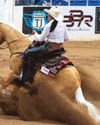
The Horse
LIFE TAKES US DOWN different paths, but I seem to be on just one, which is with the horse.
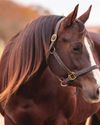
Decoding the Diseases Examined by AQHA's Six-Panel Test
The six-panel test is a diagnostic tool used to assess the genetic predispositions of horses. It's meant to discover if a horse has or is a carrier for certain hereditary diseases and traits.
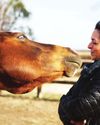
Love is Good
All horses are assured a hopeful, compassionate plan of care at This Old Horse, a program that helps not only horses but people, too.
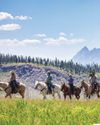
HORSE PACKING 101
Take your trail riding to the next level with nature-filled adventures in the back or front country.
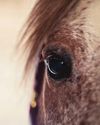
NEW HORSE; NEW PROBLEMS
Anew horse can bring excitement and energy to the barn, and even reinvigorate your passion. However, there are also a myriad of new problems that can come with a new horse, so learn how to introduce him properly to avoid these common issues.
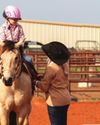
First-Timer Tips
Heading to a young rider's first event with their horse can be intimidating. Use these myths and truths to make it smoother sailing for yourself and your young rider.
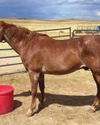
Re-Rescued: Aslan's Story
One special gelding learns about three different types of love during his rescue journey.
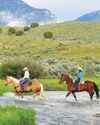
The Country's Hottest Horse Motels
Take your next trail-riding adventure to the next level by staying at one of these six horse motels across the United States.
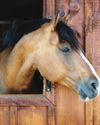
Outbreak! What We've Learned
Learn how disease outbreaks in recent years have changed the horse industry, and why it's so important to play your part when it comes to disease prevention efforts.
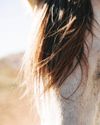
TRAINING THE SENSITIVE HORSE
Shift your mindset and grow your sensitive horse's pressure-handling skills to improve his confidence and your riding enjoyment.